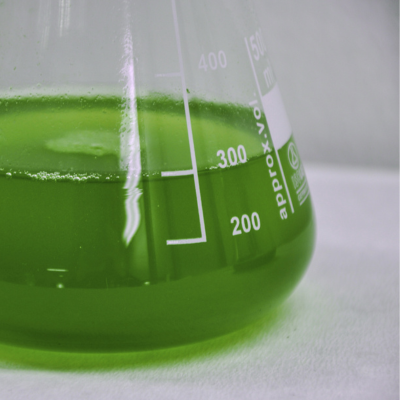Vermaas lab participates in 2024 Girls’ Math and Science Day
A lifelong passion for learning can come from anywhere, and researchers from the Vermaas lab are looking to encourage young girls to pursue computational biology through Girls’ Math and Science Day.

By Josh Vermaas
Girls’ Math and Science Day is a program put together by the Mid-Michigan chapter of Graduate Women in Science. According to their website, “This event is an opportunity for middle school students to work with enthusiastic and knowledgeable scientists at [Michigan State University, or MSU] to experience a variety of science fields through activities and demonstrations.”
This is the second year researchers from Josh Vermaas’s lab at the MSU-Department of Energy Plant Research Laboratory, or PRL, have participated.
The event consists of a keynote presentation and a variety of activities for the aspiring young scientists to participate in. Each research group participating is given a booth to set up their activity. The middle schoolers are given a scavenger hunt to complete, to encourage them to visit as many booths as they can.
The Vermaas lab uses molecular simulations to tackle problems in plant biology and to understand the world around us.
“We did a pair of activities… that are mostly dedicated to teaching kids about what computational biology is, what it looks like, and what a day in the laboratory looks like,” said Duncan Boren, graduate student in the Vermaas lab.

By Duncan Boren
The first activity was to introduce the kids to parallel computing, using four computers to accomplish a computing task. Using a simulation on a supercomputer, which is enabled by parallel computing, the students could use an X-Box controller to manipulate a simulation. They can change the properties such as gravity, viscosity and more to see how these parameters affect the particle dynamics on the screen.
The second activity was based on Boren’s research. The middle schoolers got to see what his lab space looks like, peeling back the curtain and letting them take a peek at what a computational scientist does on a daily basis.
“[The kids] were able to interact using what we call interactive molecular dynamics using software, where the computational microscope allows us to view atoms in motions under different environmental conditions,” said Daipayan Sarkar, a postdoctoral researcher in the Vermaas lab. For instance, the kids were able to see “where a protein is interacting with the lipid membrane. This is a way to encourage kids to basically pursue a career in STEM that shows them an alternate way to look at nature.”
Encouraging young girls to get excited about computer science early on is vital to inspire the next generation of computer scientists.
“Early pioneers in the field were often women like Ada Lovelace, Grace Hopper or even the literal ‘computers’ that powered early NASA space missions,” said Josh Vermaas, assistant professor at the PRL. “As computing evolved, women in the 80s made up 30% of computer science degree recipients, but that has since declined to around 1 in 5 nationally.
“I’ve seen this firsthand. When I was an undergrad taking a few computer science classes at Arizona State, those classes might only have five women in them out of a class of 100! I think the most compelling rationale I’ve heard for this decline is from this piece in Scientific American, where girls are picking up on social cues that computer science is not for them. Events like Girls’ Math and Science Day are really important for countering this harmful bias in society as a whole.”



